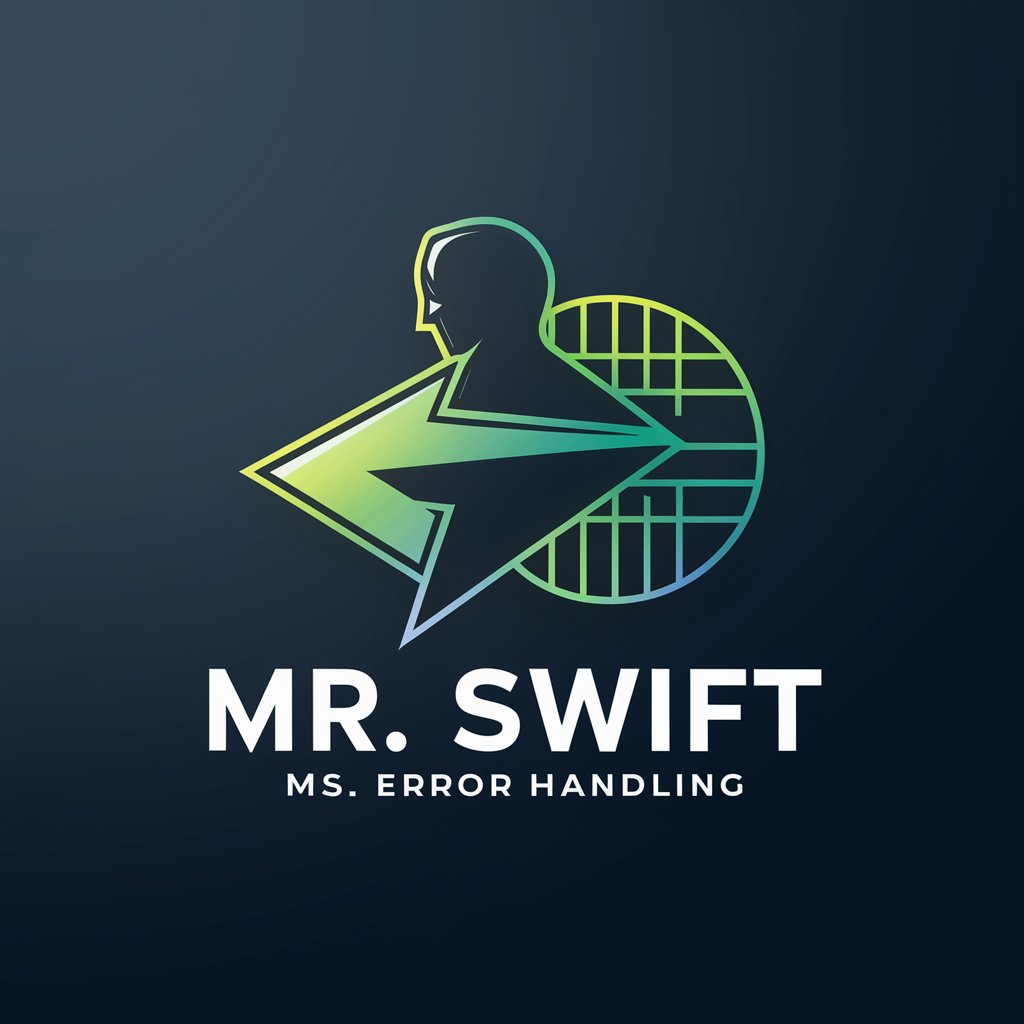
💻 ColdFusion Exception Handling! - ColdFusion Error Handling

Hello! Let's master ColdFusion exception handling together.
Smart, AI-powered error management
How can I effectively use cftry and cfcatch in ColdFusion?
What are the best practices for handling exceptions in ColdFusion applications?
Can you provide an example of custom exception handling with cfthrow?
How do I ensure robust error management in my ColdFusion project?
Get Embed Code
Overview of ColdFusion Exception Handling
ColdFusion Exception Handling is designed to aid developers in managing and responding to various errors that can occur within a ColdFusion application. This system employs ColdFusion's native error handling tags like `cftry`, `cfcatch`, and `cfthrow`. These tags allow developers to catch exceptions locally where they happen and handle them appropriately to prevent application crashes. This mechanism is crucial in maintaining application stability and providing users with meaningful error messages, thus facilitating easier debugging and problem resolution. For example, using `cftry` and `cfcatch` blocks, a developer can trap SQL query errors and display a custom message to the user instead of a cryptic database error. Powered by ChatGPT-4o。

Core Functions of ColdFusion Exception Handling
`cftry` and `cfcatch`
Example
<cftry> <cfquery datasource='myDataSource'> SELECT * FROM NonexistentTable </cfquery> <cfcatch type='database'> <cfset errorMessage = 'There was an error accessing the database.'> </cfcatch> </cftry>
Scenario
In this scenario, if the table does not exist or the query fails for any reason, the error is caught by the `cfcatch` block, allowing the developer to provide a custom, user-friendly error message instead of exposing the system's internals.
`cfthrow`
Example
<cfthrow message='Invalid user input detected' detail='The provided username contains illegal characters.'>
Scenario
This function is used to manually throw an exception when specific conditions in the code are met, such as validation failures. For example, if a user input fails a set of defined conditions, `cfthrow` can be used to create a custom exception that can then be caught and handled elsewhere in the application.
Target User Groups for ColdFusion Exception Handling
ColdFusion Developers
This group consists of developers and programmers who build and maintain web applications using Adobe ColdFusion. They benefit significantly from exception handling features as these tools help prevent disruptions in application functionality and ensure a smooth user experience by managing errors gracefully.
System Administrators
System administrators who oversee web servers and ColdFusion environments also benefit from detailed error logs and well-handled exceptions, which simplify troubleshooting and reduce downtime.

Guidelines for Using ColdFusion Exception Handling
Step 1
Start by exploring ColdFusion's capabilities without any commitments by visiting yeschat.ai, where you can try the tool for free, without the need to log in or subscribe to ChatGPT Plus.
Step 2
Understand the basics of ColdFusion's error handling tags such as `cftry`, `cfcatch`, and `cfthrow` which are crucial for managing application exceptions efficiently.
Step 3
Implement error handling in your ColdFusion applications by surrounding code blocks where errors might occur with `cftry` and `cfcatch` tags to capture and handle exceptions gracefully.
Step 4
Use the `cfthrow` tag to create custom exceptions when predefined error types do not sufficiently describe the error situation, allowing for more precise control over error management.
Step 5
Regularly review and update your error handling routines to cover new potential error scenarios as your ColdFusion application evolves, ensuring robustness and reliability.
Try other advanced and practical GPTs
Brain storm
Ignite Your Creativity with AI

K8s Brain
Empowering Kubernetes Intelligence

Omnis Brain
Elevate Your Skincare Game with AI

AI BRAIN
Harness AI for a Disciplined Life

Brain Dude
Bringing creativity to life with AI

Brain Booster
Empower your learning with AI-driven insights

💡 Ada Exception Handling
Empowering Ada Error Handling

CHEMISTRY: electron configuration - exceptions
Mastering electron configurations with AI

ExceptionCorrection
Smarten your code debugging with AI

Exceptional value
Empower your words with AI

Mirror Talk
txet ruoy srorriM :loot IA decnavdA

Python Private Assistant
Elevating Python code with AI-driven insights.

Detailed Q&A on ColdFusion Exception Handling
What is the primary purpose of using `cftry` and `cfcatch` tags in ColdFusion?
The primary purpose of using `cftry` and `cfcatch` in ColdFusion is to provide a mechanism to handle potential errors gracefully without interrupting the normal flow of the application. This structure allows developers to capture exceptions that occur within the `cftry` block and handle them specifically in the `cfcatch` block.
How does the `cfthrow` tag enhance error management in ColdFusion?
The `cfthrow` tag allows developers to generate custom error messages and types, enabling more specific error handling and making it easier to debug and maintain ColdFusion applications. It's particularly useful for signaling unusual or unexpected conditions that standard error handling may not cover.
Can `cfcatch` handle different types of exceptions?
Yes, `cfcatch` can differentiate between various types of exceptions. Developers can define multiple `cfcatch` blocks within a single `cftry` to handle different types of errors separately, such as database errors, file handling errors, or custom exceptions, improving the application's error handling granularity.
What are the best practices for logging errors in ColdFusion?
Best practices for logging errors in ColdFusion include using detailed and clear error messages, logging errors to a file or database for audit purposes, and including contextual information like time stamps and user details to aid in troubleshooting.
How can ColdFusion error handling improve application security?
Proper error handling in ColdFusion can significantly enhance application security by preventing error-based attacks, such as revealing sensitive information through error messages, and by ensuring that errors do not lead to unintended application behavior that could be exploited by malicious users.





